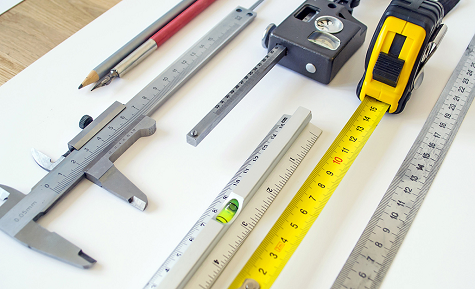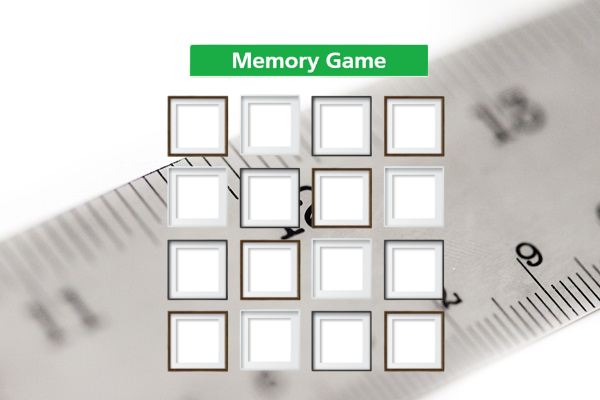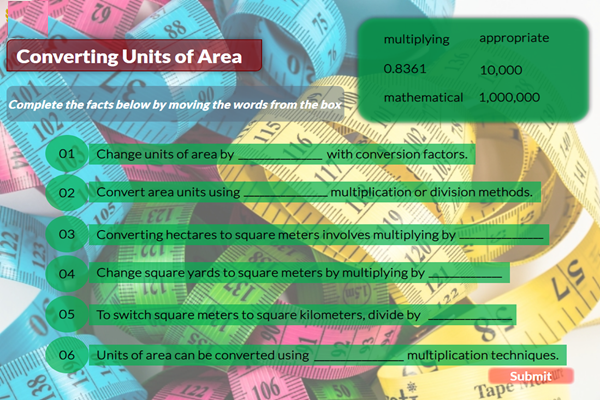Unit 2: Measurement
Unit 2: Measurement

Unit 2: Measurement

Unit 2: Measurement
This unit emphasizes the relationships between various types of numbers.
Unit Focus
Number Sense, Concepts, and Operations
- Understand the relative size of integers, rational numbers, and real numbers.
- Understand concrete and symbolic representations of real numbers in real-world situations.
- Understand that numbers can be represented in a variety of equivalent forms, including integers, fractions, decimals, percents, scientific notation, and exponents.
- Understand and use the real number system.
- Understand and explain the effects of addition, subtraction, multiplication, and division on real numbers, including exponents, and appropriate inverse relationships.
- Select and justify alternative strategies, such as using properties of numbers, including inverse, that allow operational shortcuts for computational procedures in real-world or mathematical problems.
- Add, subtract, multiply, and divide real numbers, including exponents, using appropriate methods of computing, such as mental mathematics, paper and pencil, and calculator.
- Use estimation strategies in complex situations to predict results and to check the reasonableness of results.
Measurement
- Use concrete and graphic models to derive formulas for finding rate, distance, and time.
- Relate the concepts of measurement to similarity and proportionality in real-world situations.
- Solve real-world problems involving rated measures (miles per hour, feet per second).
Vocabulary
Lesson Reading
Videos and Interactives (Click on Images to View Content)


